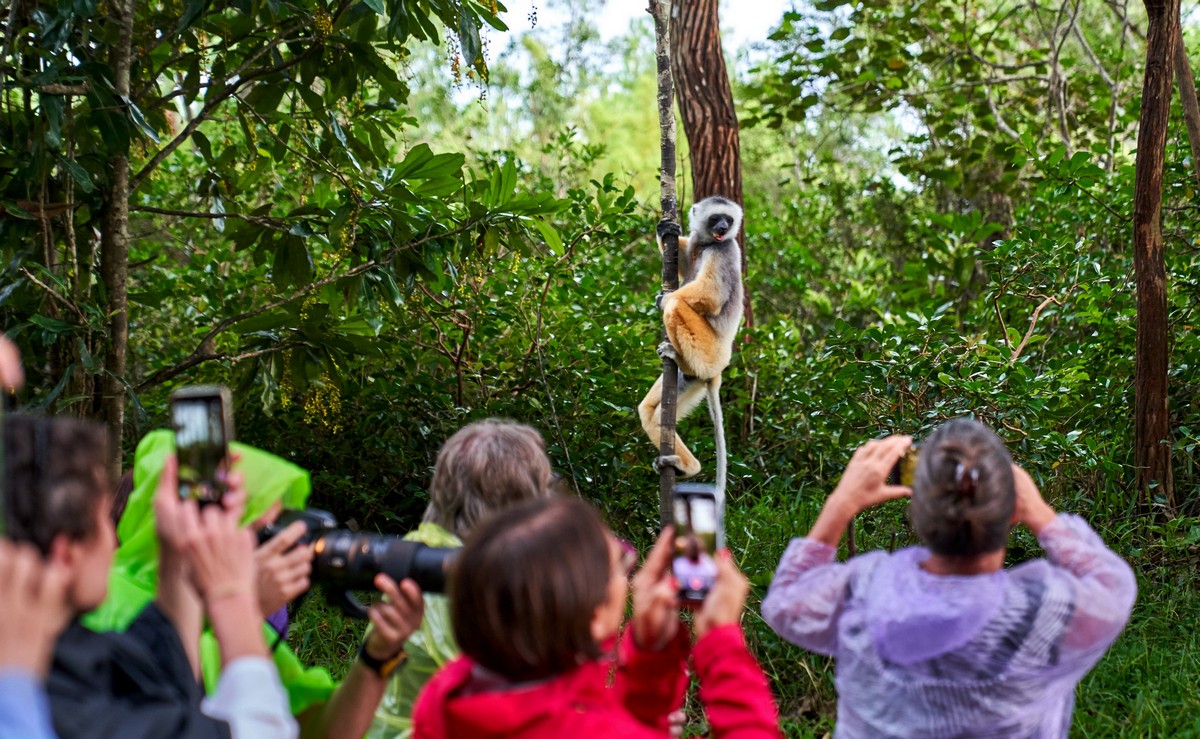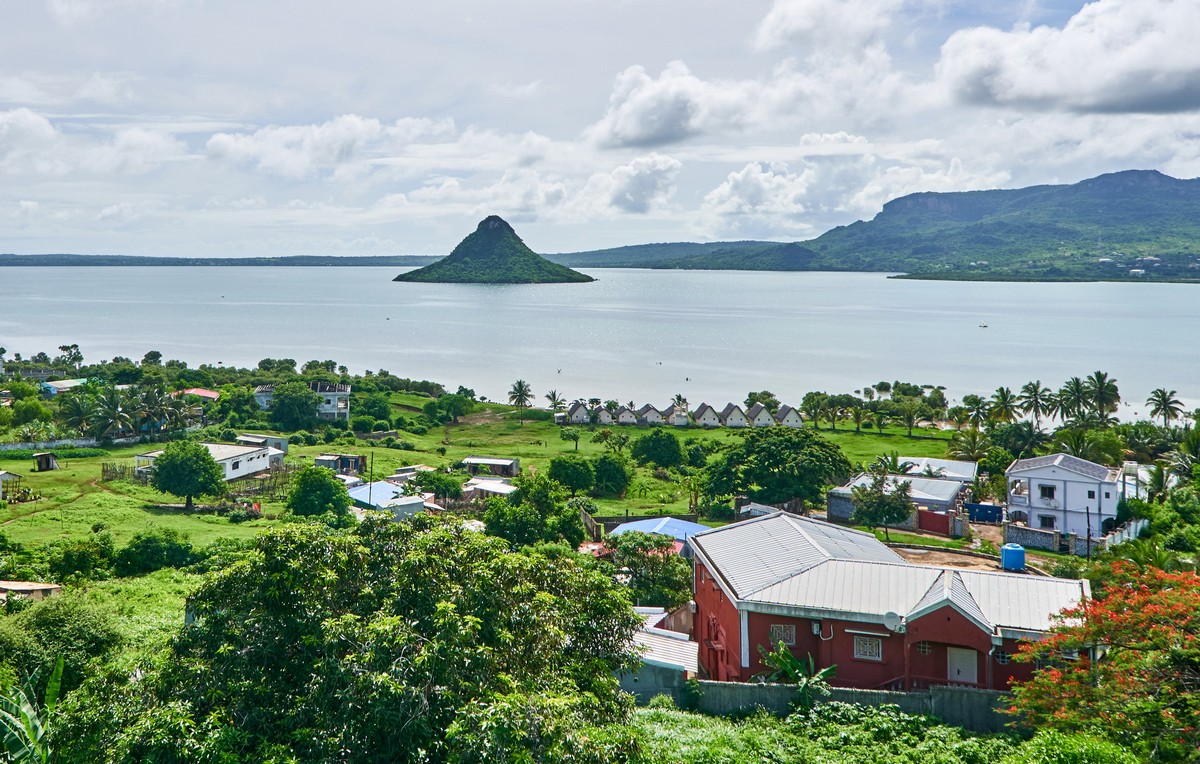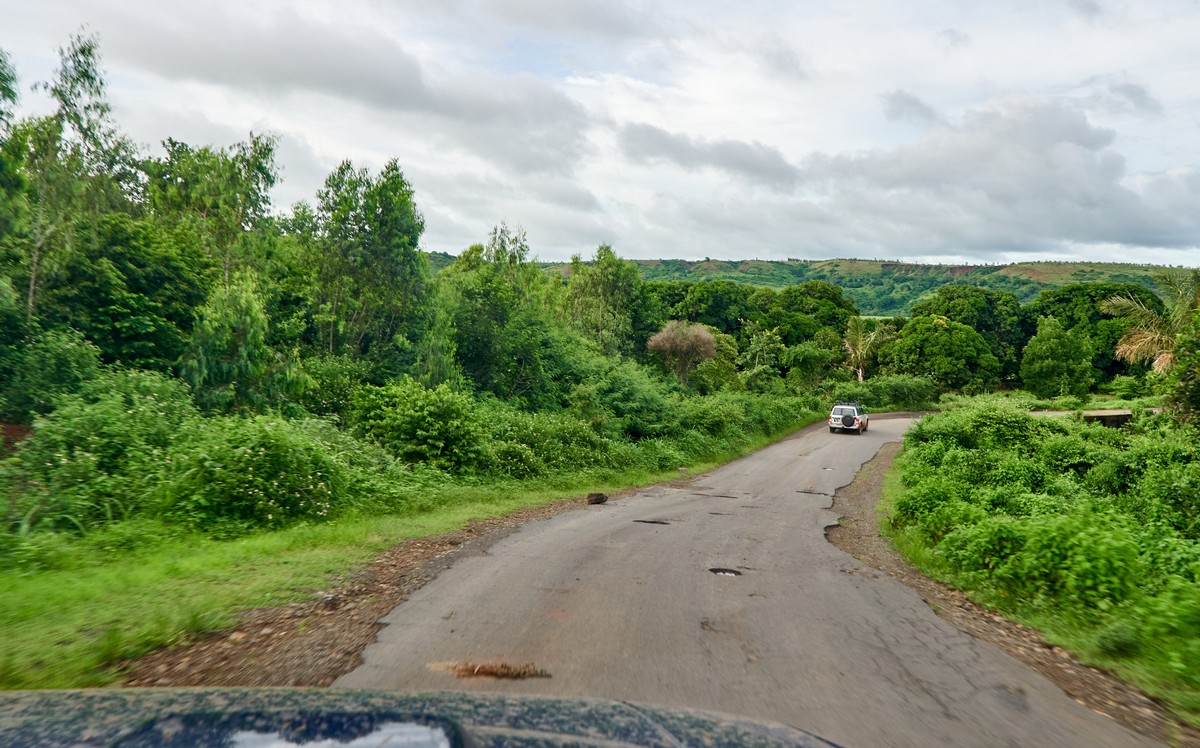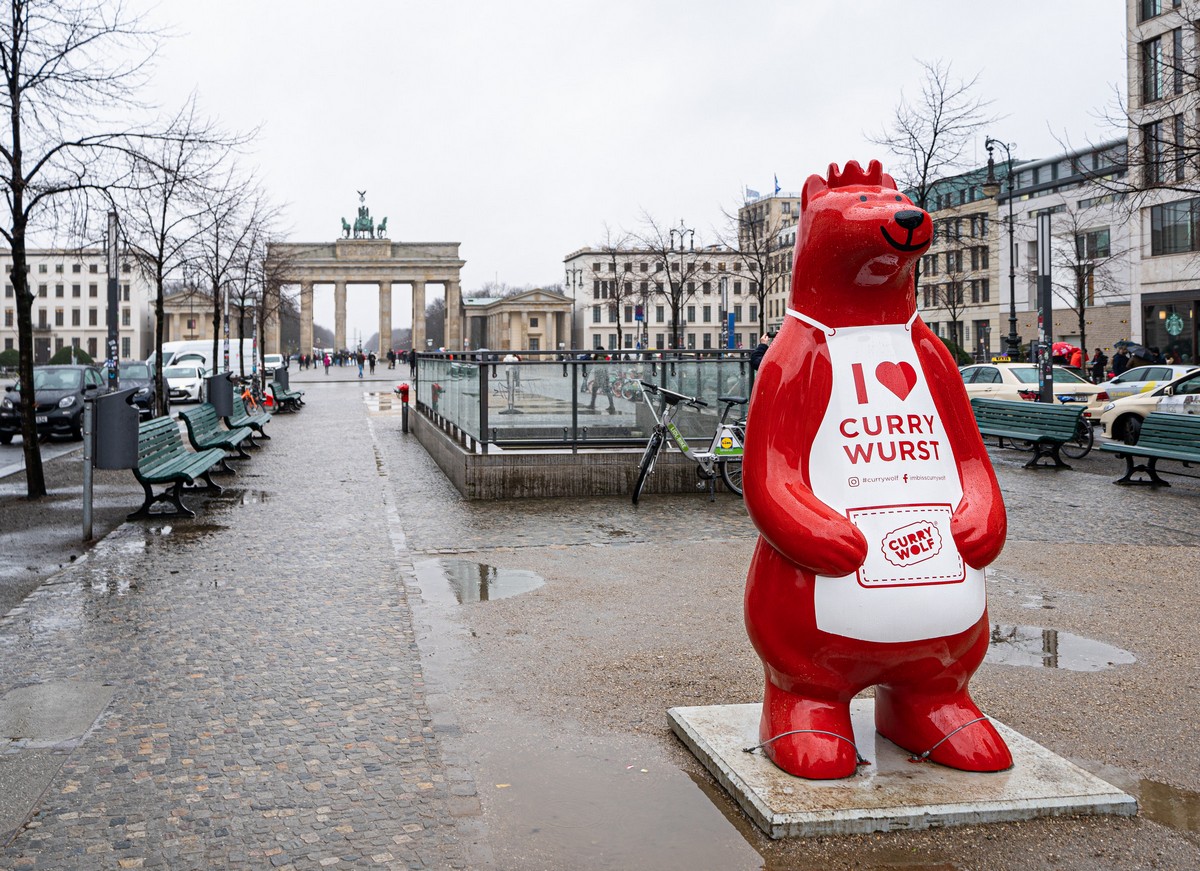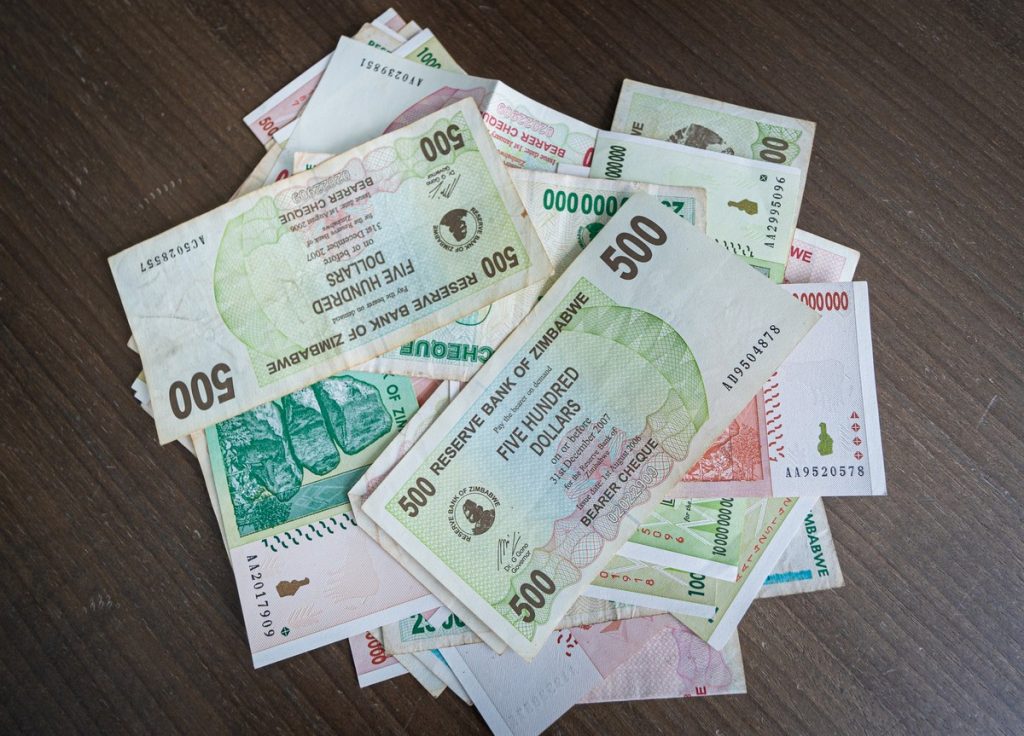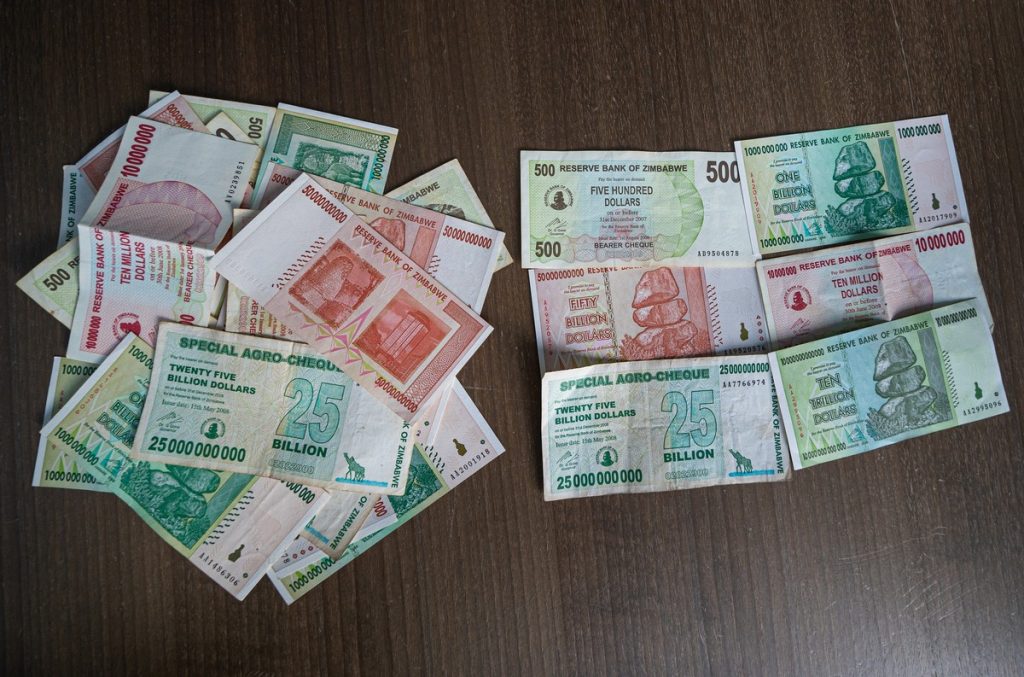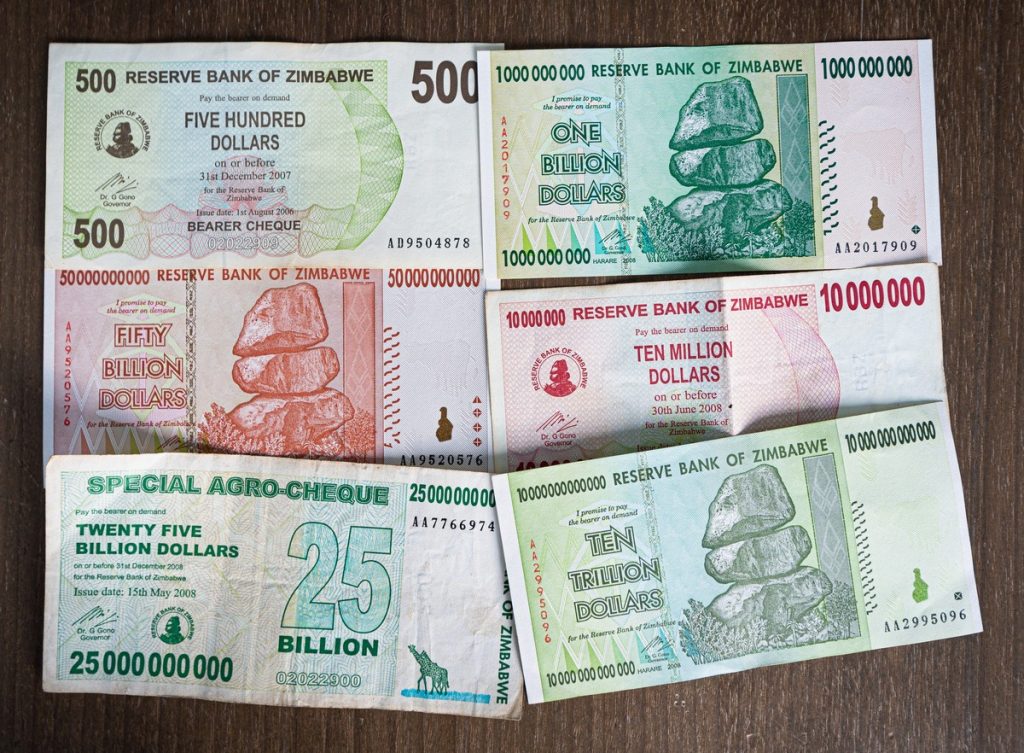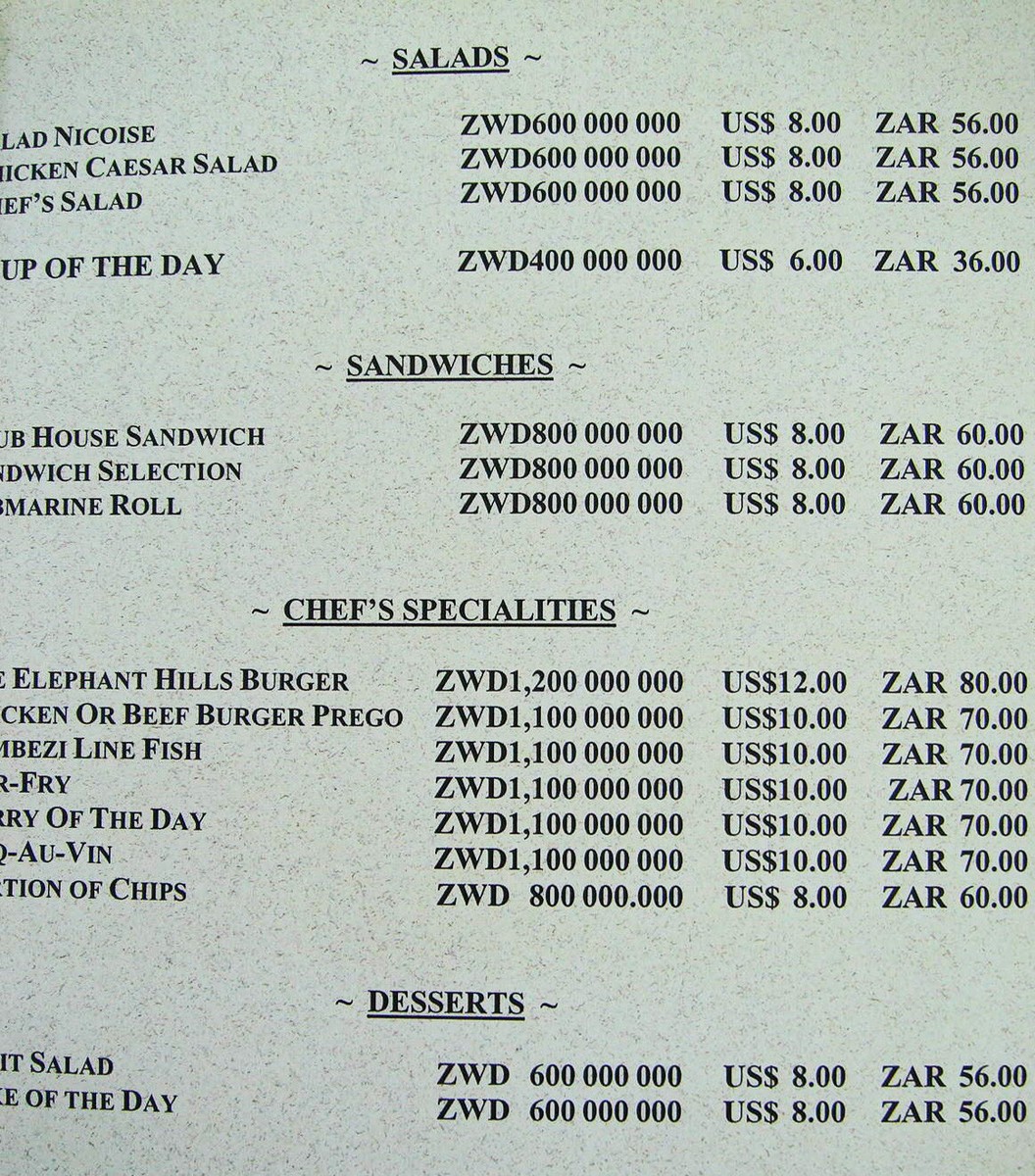NB: with this post about the place I visited before the lockdown I want to bring you some positivism, beauty and the reassurance that we will all get a chance to see great different places again. Meanwhile I encourage you not to violate the stay-at-home regime. Instead I hope you’re using this time for catching up on what you never seemed to find the time to do… ‘before’ :).
After a quick fast-forward to the corona crisis, herewith, a quick rewind back to southern Africa, since I haven’t finished telling you all about it yet!…
After taking in Namibia’s dunes and the Victoria Falls (in both Zambia and Zimbabwe) next up for us, as per our long-ago pre-planned route, was… Madagascar! Which, it turned out was to be my 99th country in the world I’ve visited, after Namibia (98th). I’ve already told you about my hundredth…
Our first two days in the country, however, were somewhat off-piste – unplanned. For, after several days of ‘tourism till you drop’ (up early, late to bed, and non-stop concentrated travel-cum-tourism in-between), we decided a few days ‘off’ were in order. And so we did order them, and were granted them… on the Madagascan island paradise called Nosy Be, just off the northern shores of the country.
But first we had to get there. By boat. It’s about 30 kilometers across the sea over to the island – to a town called Hell-Ville (actually, it used to be called that (after Anne Chretien Louis de Hell!); it’s now called Andoany).
No problem, surely. Thing is, just as we were setting out across the sea a storm took hold, with thunder and lightening even. So, nervously, we ask of our ‘captain’, if it might be dangerous making the trip right now. His answer: ‘Yes, yes. Is dangerous!’ ‘Then what the actual *#@! were we doing even contemplating it?’ we all thought. He then asked us if we should turn round. Er, but I thought he was the captain, not us. ‘Yes, we turn round’, came the chorus from us lot!
It was just one of those things – where we needed to remember we were in Africa and the… approach to certain situations by locals can be quite different to that of tourists visiting from afar. We simply took a deep breath, made no sudden movements (much like if you encounter a tarantula in your bed in the middle of the night:), and realized things will work out fine in the end. Which they did…
…For next morning it was a clear, calm, sunny day. So we set sail – in the same boat, with the same ‘captain’! – over to Hell-Ville…
Read on…


